A brief guide to Big Pharma
Americans pay the highest prices in the world for prescription drugs. Why?

Americans pay the highest prices in the world for prescription drugs. Why? Here, a briefing on the country's pharmaceutical industry:
How much more do we pay?
Americans spend an average of $1,000 per person on prescription drugs every year — double the average of other developed countries. Even medicines for common conditions are exorbitant: Nexium, for example, an acid reflux drug that costs only $23 in the Netherlands, sells for $215 in the U.S. Some cancer drugs that provide only a few extra months of life can cost $12,500 a month. Turing Pharmaceuticals CEO Martin Shkreli became the poster boy for soaring drug costs in September, when he hiked the price of a drug used to treat a life-threatening parasitic infection from $13.50 a tablet to $750 overnight — an increase of 5,500 percent. Thanks to generous patent laws that give them long-lasting monopolies on drugs, and a law banning Medicare from negotiating the price of drugs, Big Pharma can charge whatever it likes for medicines that are often a matter of life and death for consumers. "Essentially, we've chosen to let pharmaceutical companies write blank checks," said drug pricing expert Stephen Schondelmeyer.
The Week
Escape your echo chamber. Get the facts behind the news, plus analysis from multiple perspectives.

Sign up for The Week's Free Newsletters
From our morning news briefing to a weekly Good News Newsletter, get the best of The Week delivered directly to your inbox.
From our morning news briefing to a weekly Good News Newsletter, get the best of The Week delivered directly to your inbox.
Why are prices so high?
Drug companies contend they need large profit margins on new medications to pay for the lengthy and highly regulated process of discovering, testing, and developing drugs. The average new drug costs about $2.6 billion to develop, the industry says. The process — which includes both animal and human trials — takes about a decade, and only 1 in 10 drugs ultimately makes it to market. So if pharmaceutical firms couldn't set drug prices high enough to cover the billion-dollar costs of R&D, they argue, then lifesaving medicines wouldn't get made in the first place. "We are not going to have an Alzheimer's cure if we have arbitrary price controls," said Lisa Joldersma, of industry group PhRMA. Critics of the industry do not buy this argument, however.
Why not?
Nine of the 10 top drugmakers spend more on their TV ads and other marketing campaigns than they do on researching drugs. Moreover, many new drugs are actually discovered by academic researchers operating on funding from the National Institutes of Health and then developed by drug companies into commercial products. Big Pharma also has a profit margin of 20 to 30 percent — one of the highest profit margins of any industry. Much of that profit goes to the companies' shareholders and executives — like Gilead Science's CEO, who pulled in more than $180 million in compensation in the same year that his company's $84,000-a-year Hepatitis C drug, Solvadi, hit the market. Recently, many drugs companies have been dramatically increasing the price of drugs they didn't even create or develop.
A free daily email with the biggest news stories of the day – and the best features from TheWeek.com
Is that what Shkreli did?
Yes. Shkreli's company, Turing, is one of several companies that have made a fortune by buying up the rights to older medicines for rare conditions and price-gouging people dependent on them. Daraprim, the drug it decided was now worth $750 a pill, has been on the market for 62 years and costs just $1 to make. Another company following this strategy is Valeant, which spends only 3 percent of its revenue on R&D, yet has raised the price of old diabetes pills, diuretics, and rheumatoid arthritis medicines by up to 800 percent. "It's absolute insanity, what's happened," said multiple sclerosis specialist Clyde Markowitz. "They just keep jacking up the price."
Do other countries have this problem?
Generally, no. In Europe, most governments negotiate the price of drugs. This centralized approach takes away drugmakers' one-sided leverage over needy customers. In the U.S., dozens of insurance companies individually negotiate prices, which can vary wildly for the same drug; when insurers do get a cut in cost, they have been accused of putting that savings in their own pockets, rather than passing it along. Medicare, one of the largest buyers of prescription drugs in the U.S., is actually banned from negotiating drug prices, thanks to a provision Congress slipped into legislation creating the Plan D prescription benefit in 2003.
What can be done?
Democratic presidential candidates Hillary Clinton and Sen. Bernie Sanders have proposed allowing Americans to import cheaper drugs from Canada to provide more competition; allowing Medicare to negotiate prices with pharmaceutical firms; and forcing drug companies to publish the costs of their R&D. But Congress is likely to continue to resist any proposal to lower drug prices, given how influential pharmaceutical companies are in the political process. The industry doled out nearly $32 million in campaign contributions in the 2014 elections, rewarding friends and punishing enemies, and spent another $229 million on lobbying. "The pharmaceutical industry is the third rail of politics," said Matt Salo, executive director of the National Association of Medicaid Directors. "If you go against them, they will cut you off at the knees."
The dark side of clinical trials
In addition to price gouging, Big Pharma has been widely accused of hiding evidence that their drugs could cause potentially devastating side effects. In a recent series at The Huffington Post, journalist Steven Brill reported that one company, Johnson & Johnson, aggressively marketed an anti-psychotic drug called Risperdal to young patients, covering up an internal study that had found 5.5 percent of boys who took the drug developed large breasts. Hundreds of boys were affected, including one who developed a 46DD bust. J&J's deception was caught, and the company agreed to pay $6 billion in misconduct settlements. But the company probably isn't too concerned: Profits from Risperdal totaled $18 billion in the U.S. and $30 billion around the world. Avandia, a diabetes drug produced by GlaxoSmithKline, emerged from a 2006 trial with glowing reports about its effectiveness. Every author on that trial, it turns out, had received money from the company; four of them were actually company employees. But Glaxo's own research had found that Avandia could dramatically raise "bad" cholesterol levels — a revelation that one employee said in an internal email should never "see the light of day." Nine years later, Avandia is believed to have been responsible for up to 100,000 heart attacks.
-
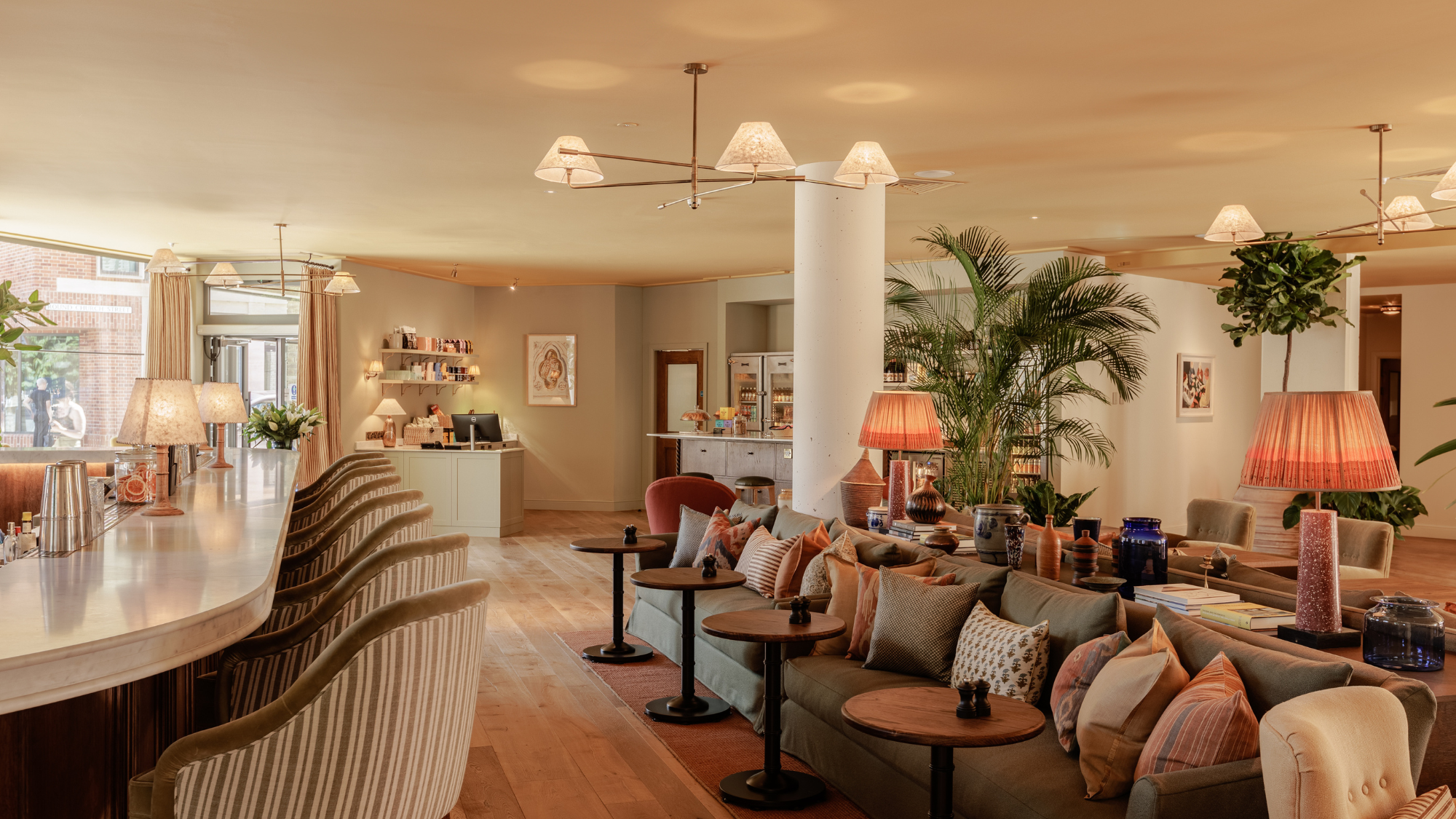 Wilde Cambridge: home-away-from-home in a prime city spot
Wilde Cambridge: home-away-from-home in a prime city spotThe Week Recommends This laid-back aparthotel is the perfect base for a weekend of exploring
-
 The best alcohol-free alternatives for Dry January
The best alcohol-free alternatives for Dry JanuaryThe Week Recommends Whether emerging from a boozy Christmas, or seeking a change in 2026, here are some of the best non-alcoholic beers, wines and spirits to enjoy
-
 A lemon-shaped exoplanet is squeezing what we know about planet formation
A lemon-shaped exoplanet is squeezing what we know about planet formationUnder the radar It may be made from a former star
-
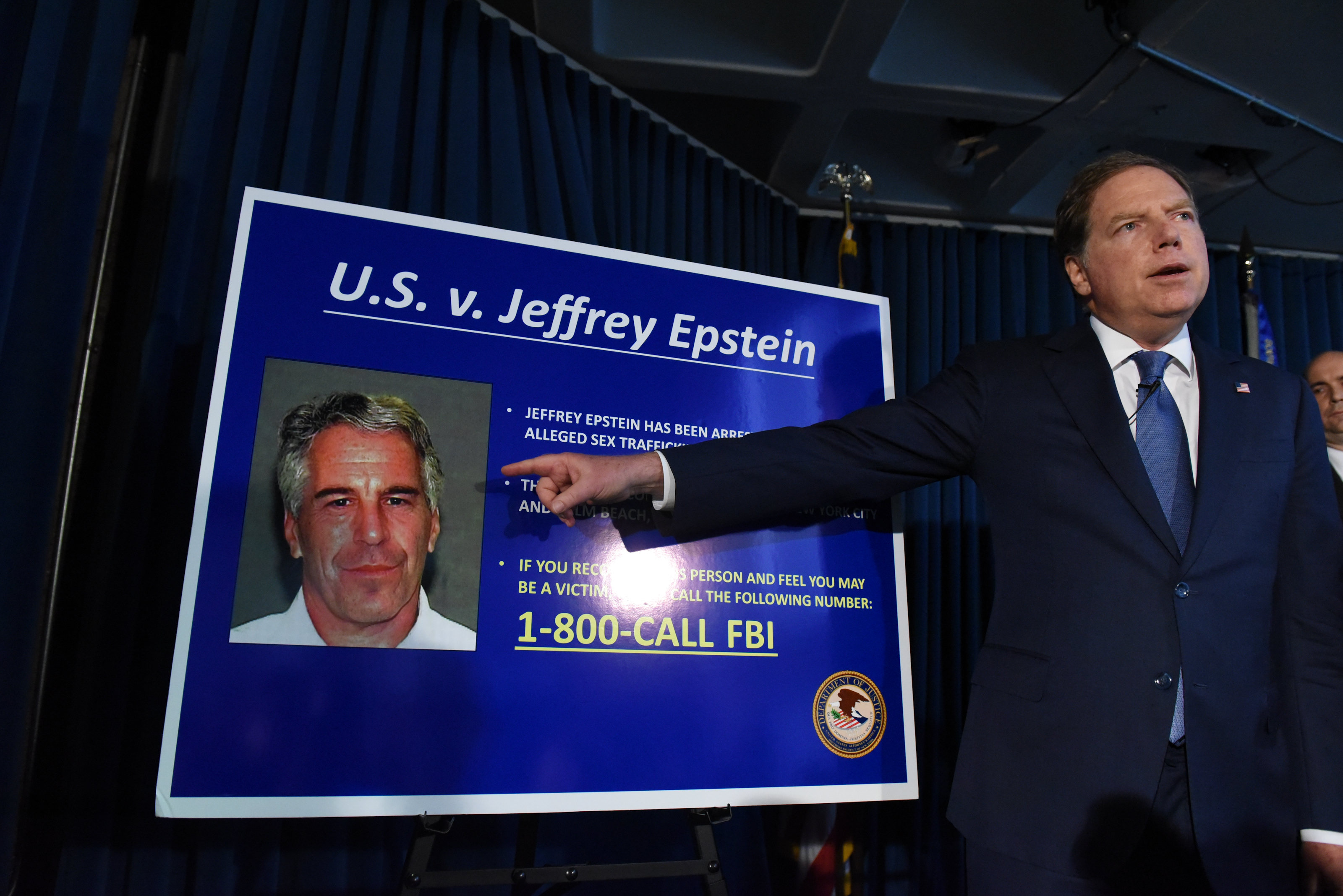 7 lingering questions about Jeffrey Epstein's death
7 lingering questions about Jeffrey Epstein's deathThe Explainer Truth can be as strange as conspiracy theories
-
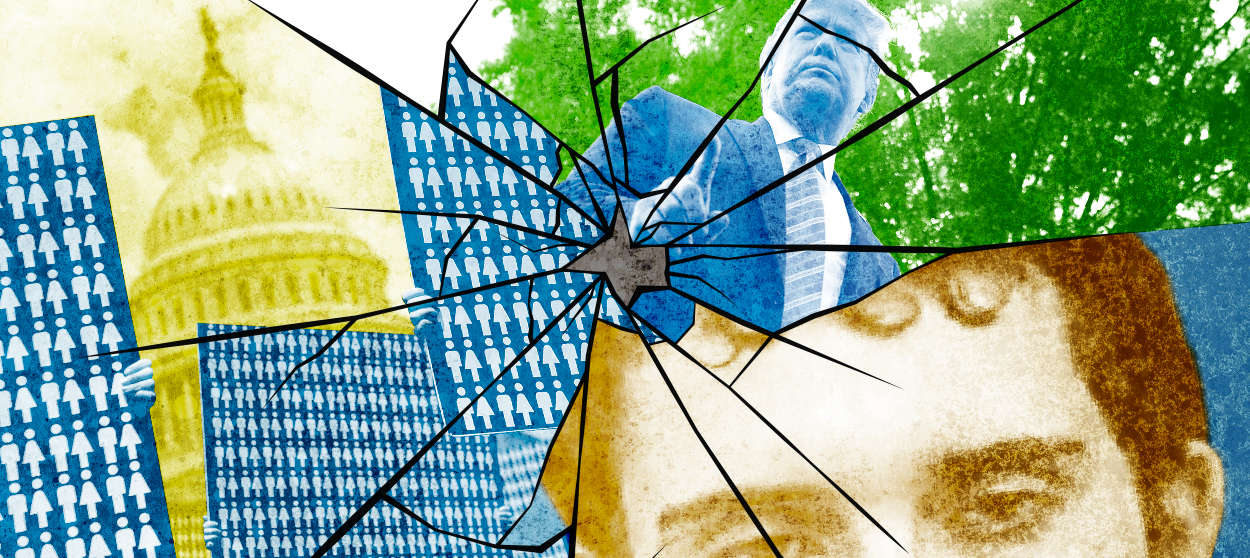 3 things everyone is getting wrong about the El Paso-Dayton shootings
3 things everyone is getting wrong about the El Paso-Dayton shootingsThe Explainer Mental illness is a red herring — but so is Trump
-
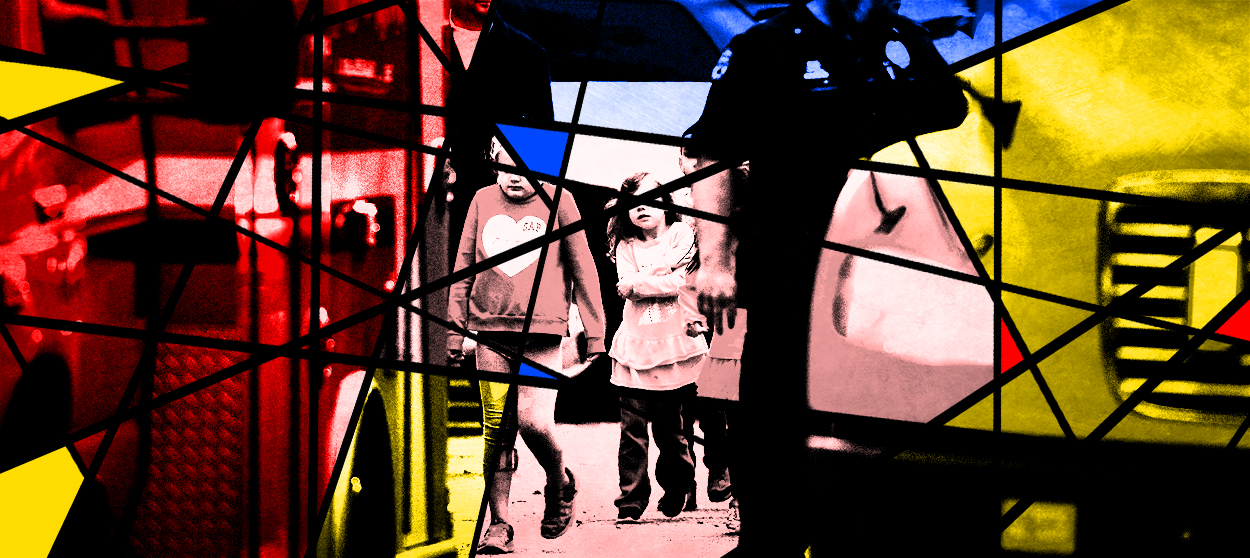 Is it dangerous to lionize the heroes of school shootings?
Is it dangerous to lionize the heroes of school shootings?The Explainer Honoring the children who die saving classmates is laudable — but we should tread carefully
-
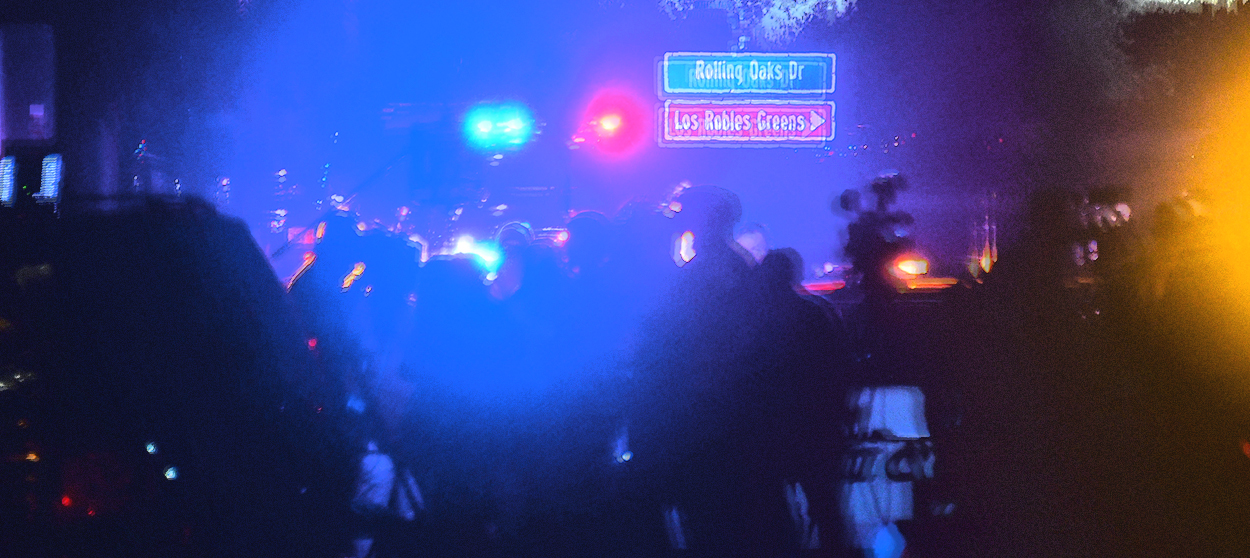 The fear we all live with
The fear we all live withThe Explainer What mass shootings have done to the American psyche
-
 The sick phenomenon of school shooting contagion
The sick phenomenon of school shooting contagionThe Explainer Mass shootings can spread like a disease, with each massacre inspiring new rampages. Can the cycle of violence be stopped?
-
 Why the Parkland conspiracy theories are different
Why the Parkland conspiracy theories are differentThe Explainer They aren't an attempt to make crazy sense of a senseless tragedy. They are a way of saying to the tragedy's victims and survivors: You aren't even worth arguing with.
-
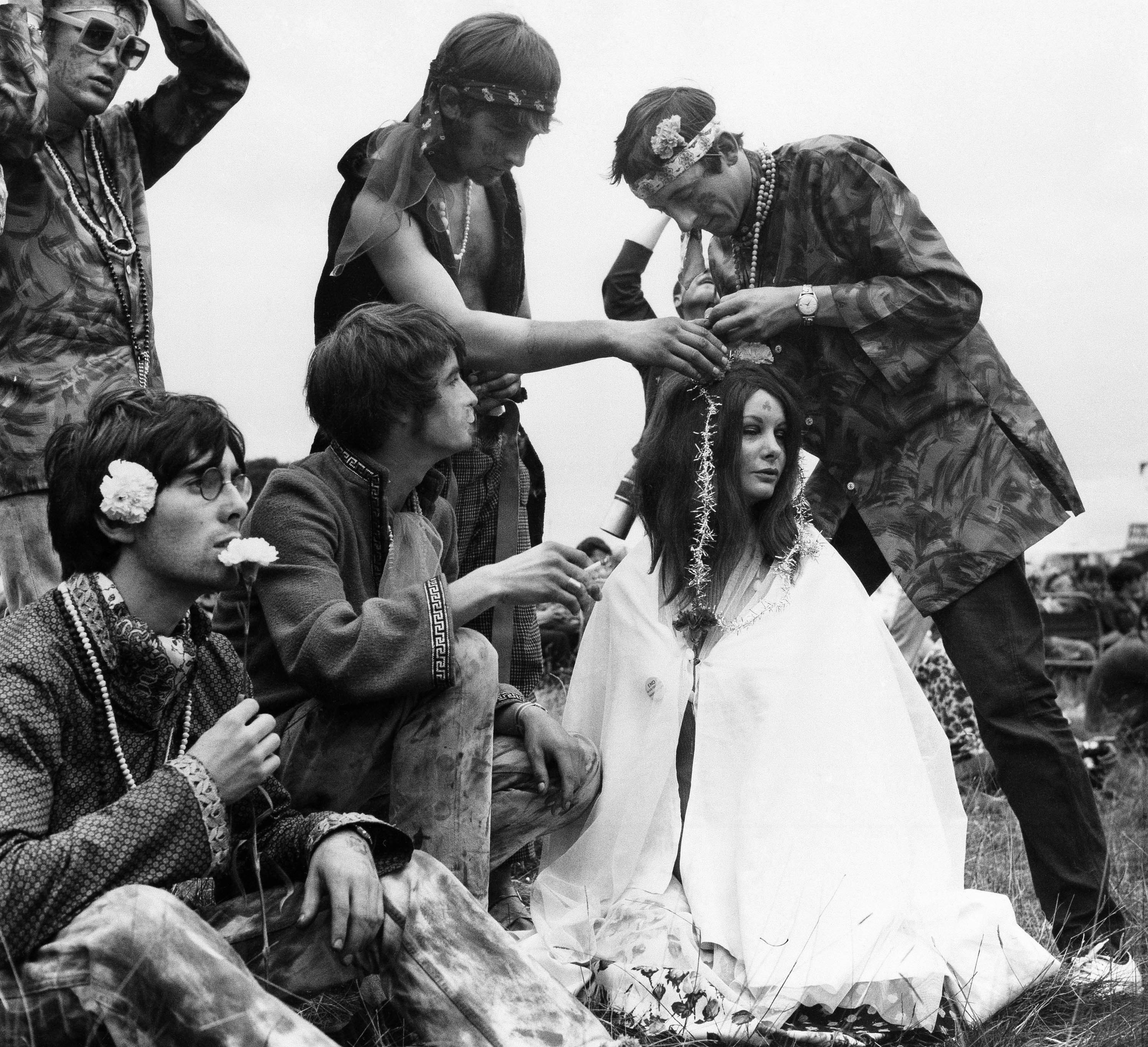 Sex, drugs, and the Summer of Love
Sex, drugs, and the Summer of LoveThe Explainer Fifty years ago this summer, 75,000 young people flocked to San Francisco to "turn on, tune in, drop out"
-
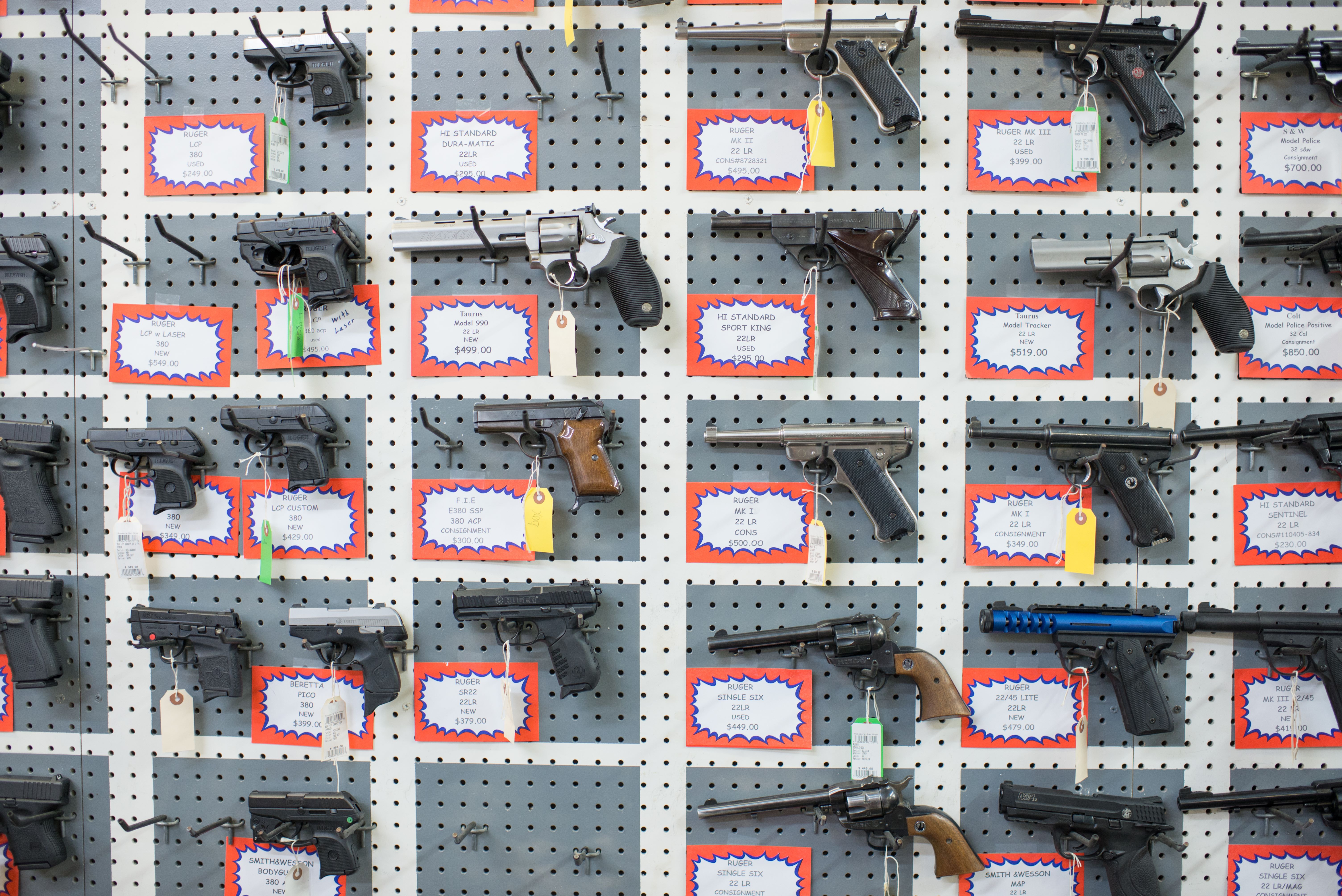 What we know about gun violence may surprise you
What we know about gun violence may surprise youThe Explainer Contradictions abound